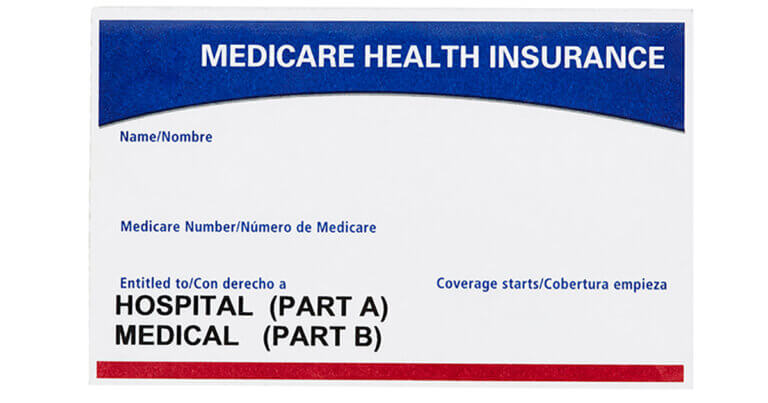February 1, 2023

Don’t Drink ONC’s Glass-Half-Full Hospital Interoperability Report
Yes, my journalistic skepticism borders on cynicism. But come on already!
Nearly 40 percent of hospitals in the U.S. still fail to meet the U.S. Department of Health and Human Services’ definition of interoperability.
As hard as HHS’ Office of the National Coordinator for Health Information Technology tried to paint a rosy picture in its latest annual progress report on hospital interoperability, you can’t argue with the frustrating and disappointing facts.
Only 62 percent of hospitals met ONC’s four-part definition of interoperability in 2021. Those four parts, or domains, are the ability to electronically send, receive, find and integrate patient health information with an EHR system outside of their own organization and do that automatically “without special effort on the part of the user.”
ONC touted the fact that that percentage is up 51 percent from 2017, when the percentage of fully interoperable hospitals was 41 percent.
What ONC didn’t say was that percentage was 55 percent in 2019, the most recent year for which ONC had data. (ONC didn’t publish a report last January with 2020 data because of the pandemic.) So, it took two years for that key interoperability measure to climb just seven percentage points—55 percent in 2019 to 62 percent in 2021.
That would be like me taking two full years to paint less than half a wall in a four-wall bedroom. I’d be living somewhere else if that was the case.
But healthcare consumers have to live with hospitals’ apathy when it comes to electronically exchanging their health information with other providers to improve the continuity of their care.
Here’s how that apathy broke down by hospital type, ranked by the percentage of hospitals of that type that met the four-part interoperability definition:
- 74 percent for medium to large hospitals.
- 72 percent for suburban and urban hospitals.
- 51 percent for small hospitals with fewer than 100 beds.
- 48 percent for rural hospitals.
Of all the hospitals that should be fully interoperable, it should be rural hospitals that need to connect with other providers located miles away.
When asked what prevents them from meeting one or more of the interoperability criteria, here are some of the more interesting things that hospitals told the American Hospital Association, which, in turn, provides survey data to the ONC for its annual hospital interoperability reports:
- 70 percent said they don’t send patient health information to another provider because it’s difficult to find the other provider’s address.
- 67 percent said they don’t receive patient health information from another provider because, although they share patients, they don’t exchange patient data.
- 43 percent said they don’t exchange patient health information with another provider because it’s an additional cost.
- 28 percent said they don’t send patient health information to another provider because their EHR system makes it too cumbersome.
- 24 percent said they don’t exchange patient health information with another provider because of vendor “contractual constraints” on sharing data with a provider using another EHR system.
- 9 percent said they don’t receive patient health information from another provider because the other provider inappropriately uses HIPAA as an excuse not to send patient health information.
None of these barriers are insurmountable. It’s just a list of excuses not to share patient health information freely and openly with competitors, whether that’s another hospital or another EHR vendor. They conveniently forget that patients, not providers or EHR vendors, own their own health data.
The new interoperability regulations that took effect last October codify that patients do, in fact, own their own health data. It will be interesting to see how all these numbers and percentages change for 2022 and beyond with the new regulations.
If the interoperability percentages jump up, we’ll know that it took federal regulations to force hospitals and EHR vendors to do what’s right for consumers. If the percentages inch up, we’ll know that hospitals and EHR vendors are just not that into sharing what they see as proprietary information despite what federal regulations say. Similar to hospitals’ lax response to the new price transparency rules.
If the interoperability percentages barely budge, it’s time to take the regulatory gloves off.
To learn more about this topic, please listen to the Jan. 19, 2023, episode of our 4sight Health Roundup podcast, “Searching for the Interoperability Rainbow,” on 4sighthealth.com.
Thanks for reading.





